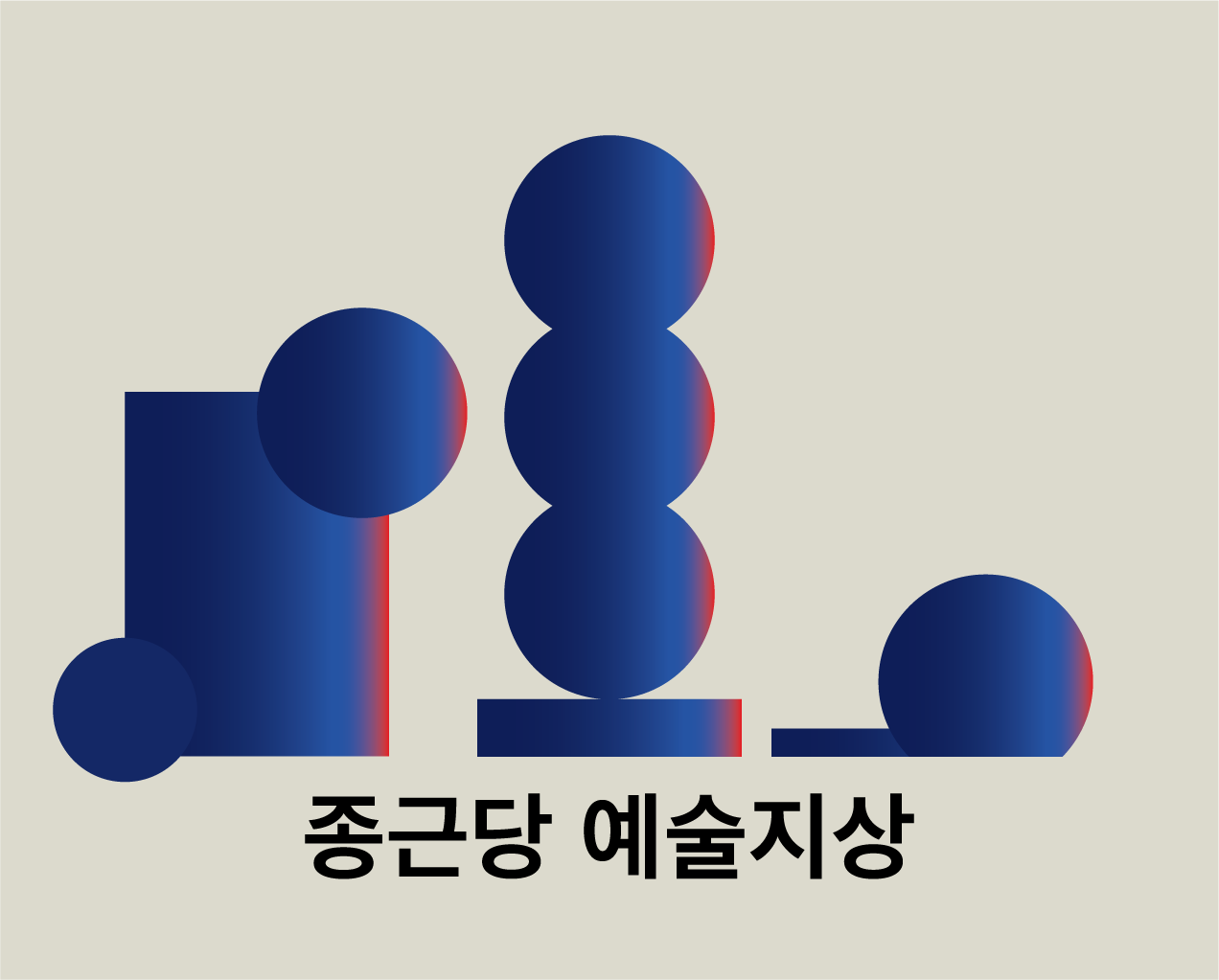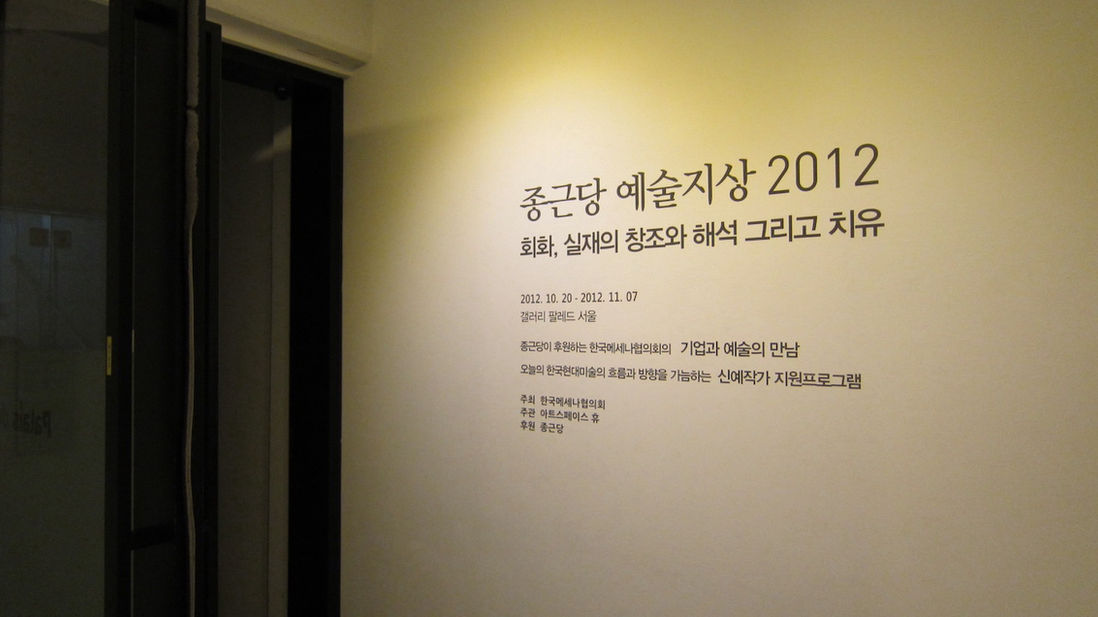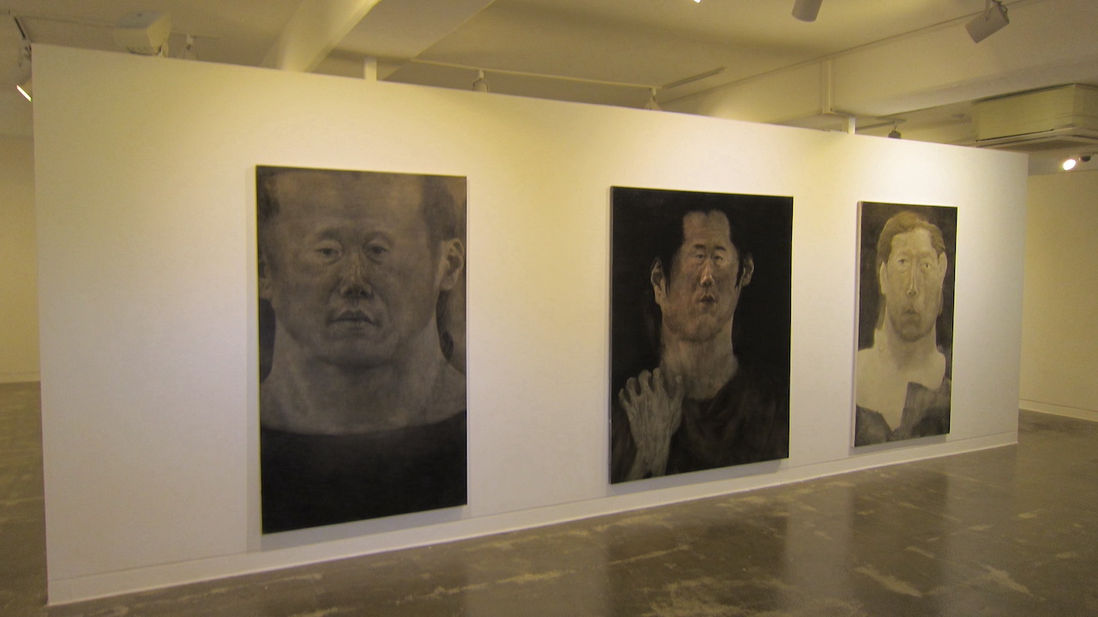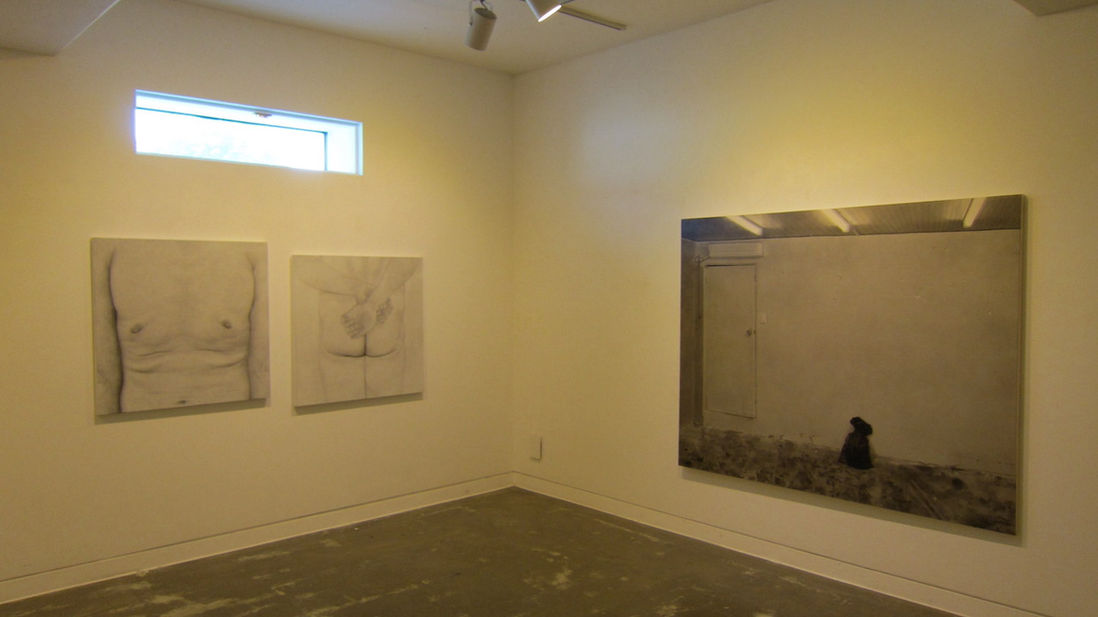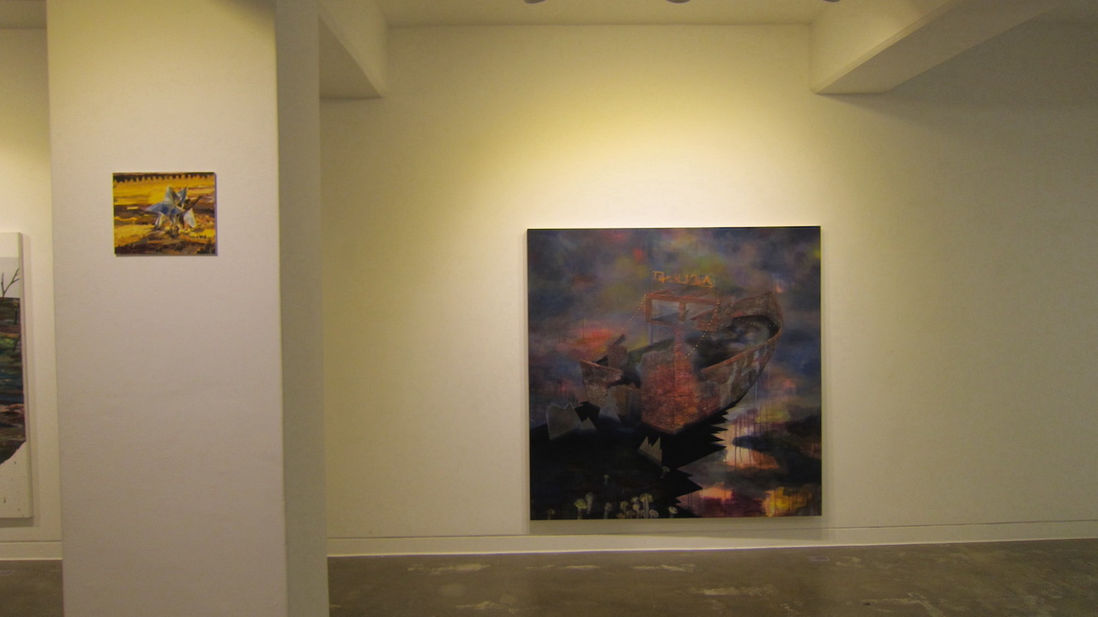Painting, Creation, Interpretation and Healing of Reality
Kim Noam
As much as painting is about discovering another world, but it is also about rediscovering a world that has already been experienced. When we think about it, our minds are often bound to go to the past where we first encountered painting, rather than to the future or vision of painting. We all made a pilgrimage to art museums and the world to fill our soaring spirits and senses, and upon experiencing the works of many great masters of the past, became more spiritually elevated. And it was a journey and growing pains for the soul to understand and reflect on themselves.
These experiences are archetypal and become memories that breathe at the boundary between the unconscious and the conscious even as we get older. Even in today's time of highly developed media, where fantasy becomes a reality and visual flamboyance is a common sight, the power to sympathize with and return to the paintings created manually does not belong to the fantasy of the future, but that of the past. It is a continuity of existence, like the nostalgia of the most peaceful and harmonious days spent in mother's womb before breaking out into the world.
In the world of contemporary art, where new media is overflowing, painting is perhaps the most conservative art. As much as painting has the same amount of time and history as those of mankind, it also has the same amount of common memories and traditions. As far as it can be remembered, it was in the last hundred years that today's general notion of painting was shaped.
The adventure of painting that led the contemporary art was as known, the knowledge over man's finiteness and human discovery. It is what the heroic modern painters and their colleagues have achieved in sensing, recognizing, and making complete knowledge of the boundaries of one's own existence and the world.
After the advent of the mass public and the death of the modern spirit and art, painting seems to have become increasingly strange. That is why artists never cease to challenge the impossible and keep striving. This may be the reason why painting is closer to the problem of human existence than any other medium or form. If we look at the interests of major painters or the statements on their works, it ultimately all boils down to a matter of ontology surrounding them. Painting exists along because we are living and coexisting with others. Nam June Paik, who was a new adventurer in contemporary art, also painted over and over again. In fact, numerous drawings and paintings permeated his media works.
Painting is directed toward something more fundamental rather than toward something technical, physical, or external. Therefore, in reality, the paintings of great masters we see at art museums are facing towards the audience, but, in fact, what we see are often the back of the painting. It is difficult to see the real face of the painting, because it is often turning its back on us. What we have seen, and claimed to have seen are not the face of the painting. No matter how fancy the image may be, ultimately, they are the appearance from behind. Just as the stars in the sky shine in this moment before our eyes have transcended billions of years, like the island of the day before in Eco's novel, the island of yesterday is visible just a short distance away, presenting before us the reality as some kind of fantasy.
Yoon Sangyoon, Lee Woochang, and Lee Hyein, the awardees of Chongkundang Yesuljisang, are artists who approached the essential characteristics of these paintings a little closer. In their paintings, we can feel the power that sparks a certain possibility and openness in our minds. An artist today is a stranger and an outsider in a society. This is because it is considered foolish to dwell on such old forms and themes in a world dominated by market ideology and harsh calculations. How many of those flickering artists received the attention they deserve and how free they were from public evaluation? Apart from a few exceptions, most artists have to bear the indifference of the world throughout their lives.
